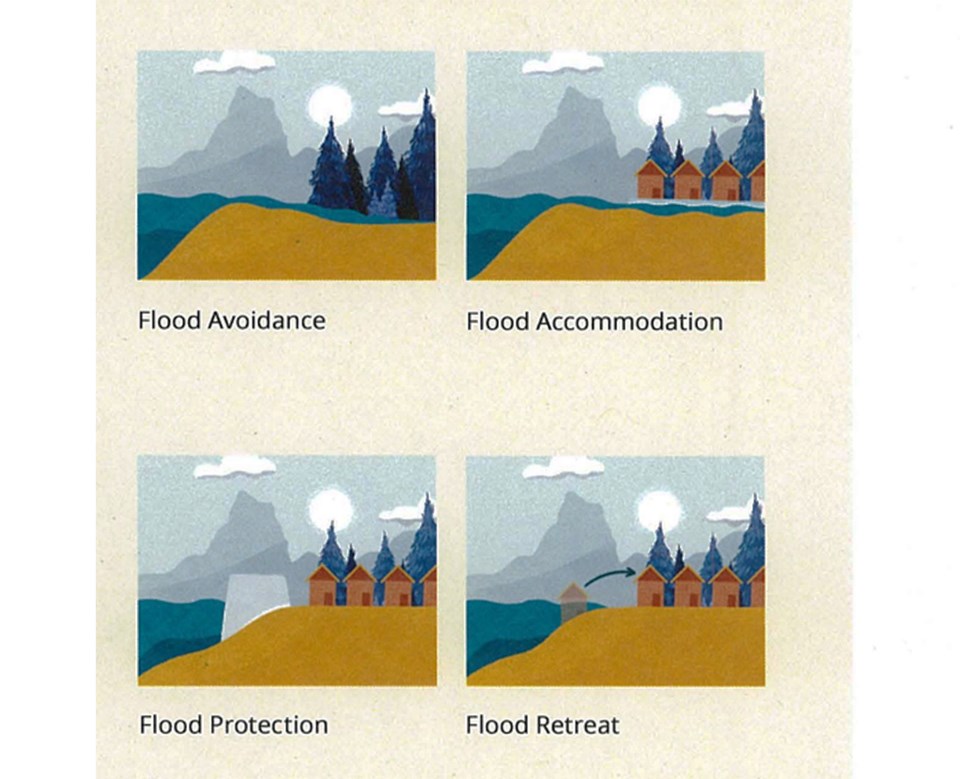It would difficult for the City of Delta to come up with almost a couple of billion dollars on its own.
That’s what engineering director Steven Lan told council at their Jan. 9th meeting during discussion on a staff report on the province’s recently released British Columbia Flood Strategy Intentions Paper.
Council agreed to request the province develop a sustainable funding model for flood protection as the province seeks input on the Intentions Paper.
Noting the document is a precursor to the development of a provincial flood strategy, Lan said there has already been a great deal of technical work in the Lower Mainland when it comes to proposed flood strategies, including proposals brought forward by the Fraser Basin Council.
“As such, we believe that most important in terms of moving forward with a flood strategy is the need for sustainable funding,” said Lan. “The costs for improvements are far beyond the scope of local governments. As an example, for the City of Delta, to upgrade our 67 km of dikes and our associated pump stations, our current estimate is approximately $1.9 billion. Certainly, it’s not anything we can actually pay for ourselves…we would need assistance of senior levels of government.”
Acting Mayor Dylan Kruger agreed that the price tag is beyond what a city with an annual budget of $350 million can afford and that Delta needs to be strategic in aligning with senior levels of government.
A report to council states the proposed strategic framework includes several priority program areas including understanding the flood risk, which involves updating flood maps to inform flood construction levels, conducting a province-wide flood risk assessment, developing a repository of dike information for public access and increasing awareness of the flood risk.
The other priority areas include strengthening flood risk governance, enhancing flood preparedness, response and recovery as well as investing for flood resilience.
“The city has also undertaken a number of specific studies and capital works, including detailed design of dike raising improvements for a section of the Boundary Bay foreshore, dike armouring along sections of the Boundary Bay foreshore and is reviewing policies relating to flood protection for new development. The most significant challenge is funding to undertake improvements and it is essential that the forthcoming Flood Strategy address this matter,” the report notes.
“Local governments do not have the financial capacity to undertake these works and need to look towards senior levels of government to provide sufficient funding.”
Saying downriver home and business owners have frustrated by overlapping layers of bureaucracy that lack of common sense, making it difficult to get anything built, have necessary dike improvements, or undertake their own river dredging, River Road business owner Mike Owen told the Optimist Ladner could be facing its own major disaster.
“A flood like Abbotsford here would be devastating for this community. It would wash away a lot of important infrastructure. It would go right through the downtown business core and to the schools and community centre. I agree, the phrase ‘Russian Roulette’ applies here,” said Owen.
A member of the Ladner Sediment Group and River Road Property Owners’ Group, Owen said they have been lobbying for years without receiving any commitment to action on the issues by senior levels of government.



